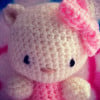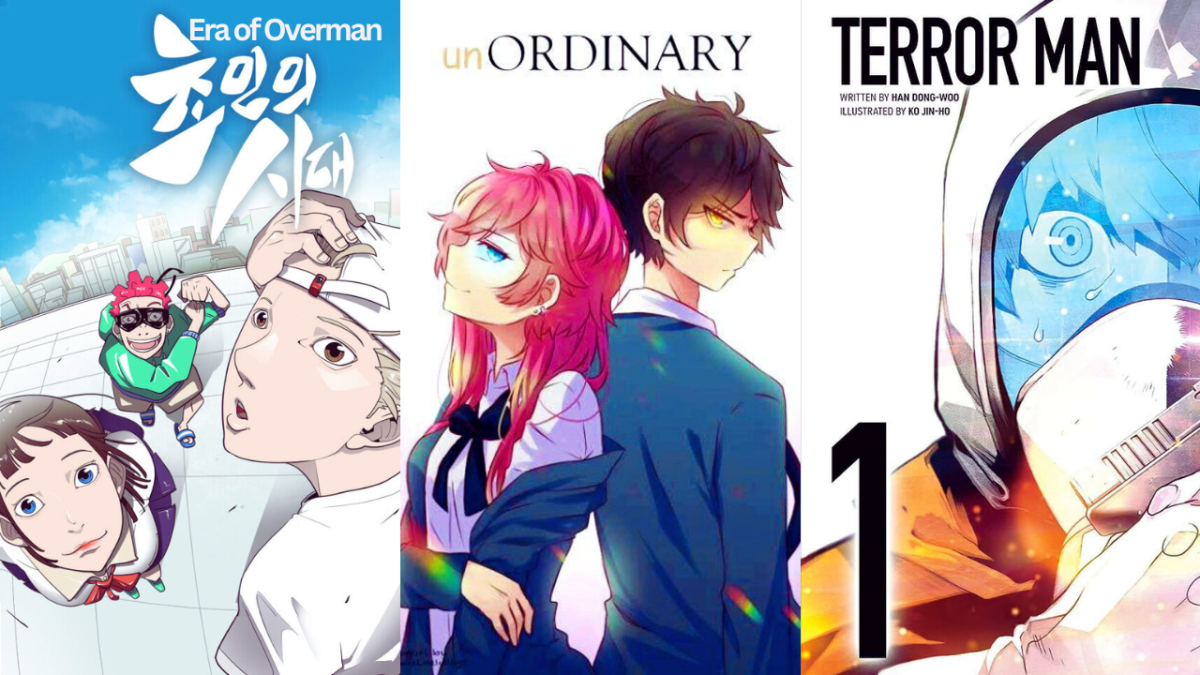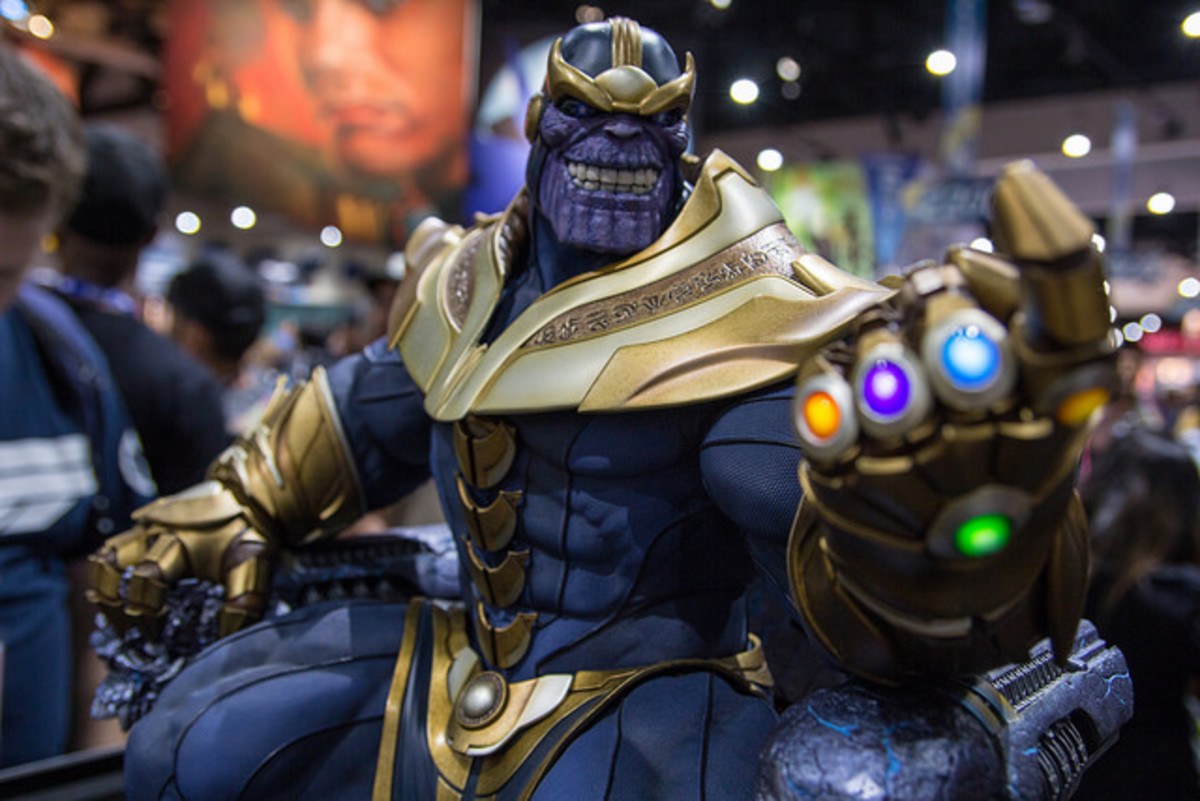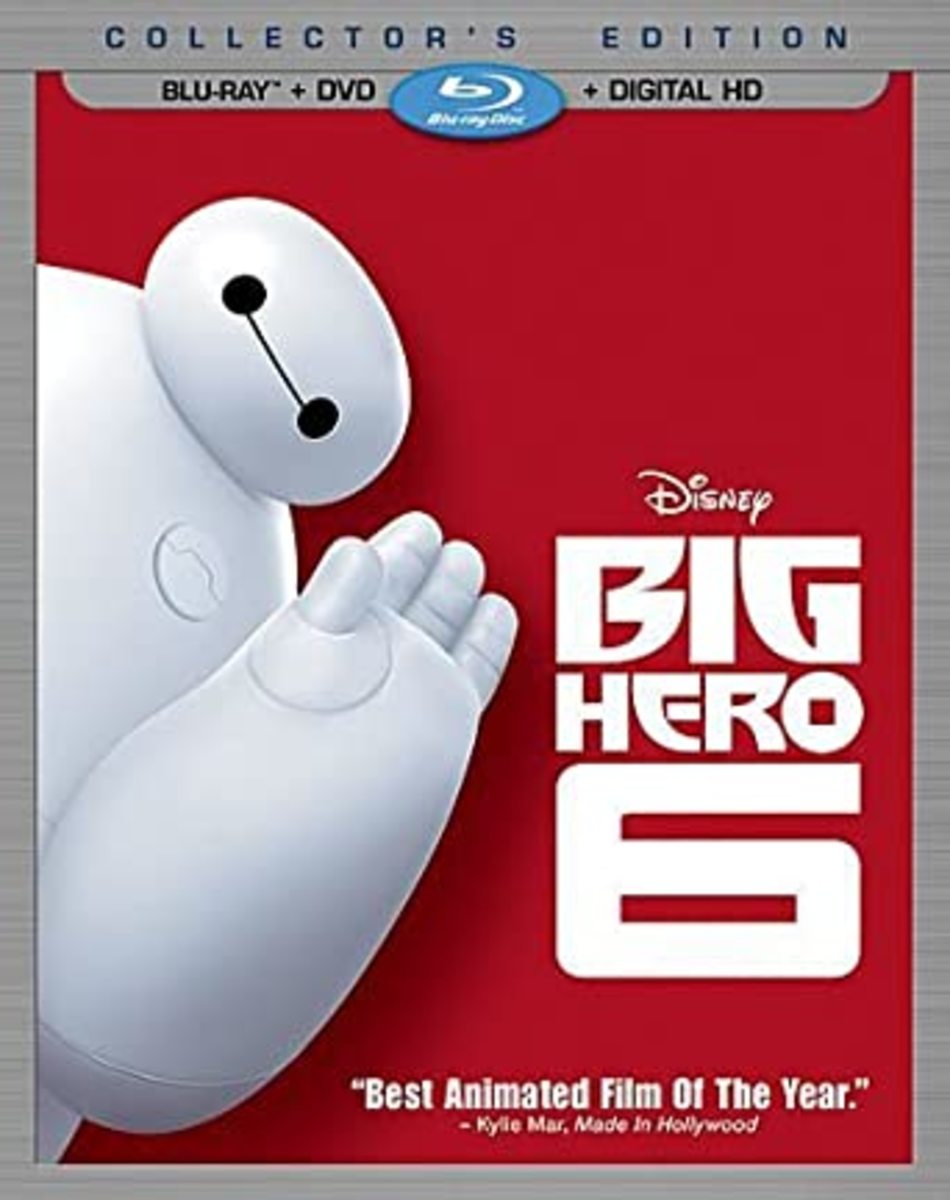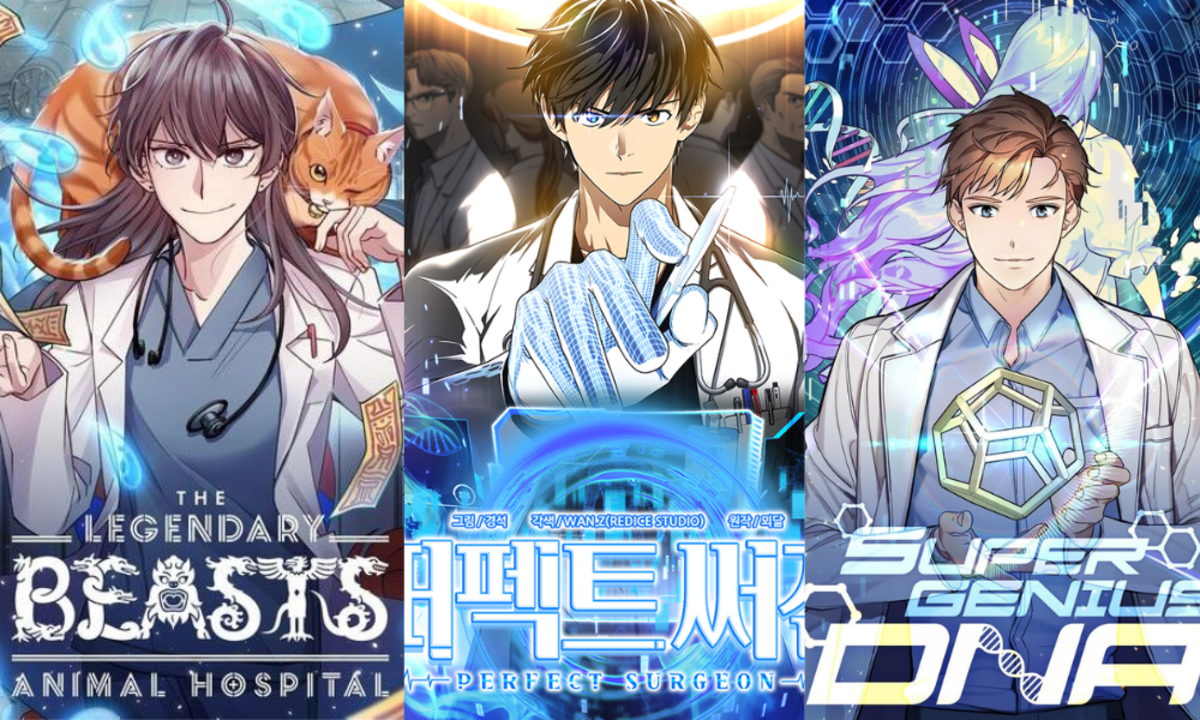How to Do a Character Outline for a Story
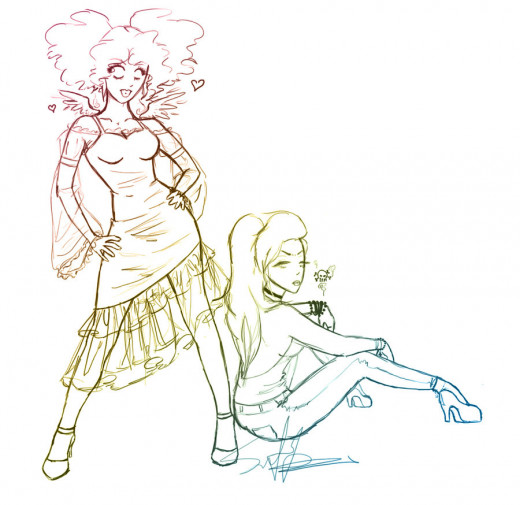
I have always spent a lot of time lost in my own imagination. As far back as I can remember I have been inventing fantasy worlds and cool characters to live in them. I pride myself on creating awesome, fully dimensional characters that are loveable, easy to relate to, and believable (even when they're anthropomorphic cats from outer space).
Character development could make or break a story. You could have the most interesting and original storyline ever thought of but without strong characters to carry the plot along, it will eventually fall flat.
Here you'll find some tips and resources I use to help create my characters. Although my interests are in manga, comics, anime, sci-fi, and fantasy, these tips can be applied to all characters for any story, medium, or genre.
Creating characters can be really fun and, in my opinion, is the most enjoyable part of writing a story. I hope with a little help from this Hub you'll find it fun too!

Source

Archetypes
Archetypes are personality models for characters. they can be applied to fictional characters but to people as well. There are many, many different archetypes and different genres and mediums have their own archetypes, such as the androgynous heartthrob in anime, or the wicked step-mom in fairy tales. The use of archetypes can help move the plot along by adding substance and creating change. The characters you create can fall into multiple archetypal categories, so never feel you have to stick to certain parameters in order to create successful characters.
The archetypes I list here are based off of those listed in Chris Patmore's Character Design Studio but for more specific types I also like referring to Soulcraft's 12 Common Archetypes. As I've mentioned before, there are many different archetypes. It may help to do research on the archetypes for the particular genre and medium you're working in or discover more general archetypes.
Some hero types, like Ash Ketchum from Pokémon, actively seek adventure and head off on their journey with excitement.
Others, like Bruce Wayne/Batman, enjoyed their ordinary lives before circumstances forced them to change.
Then you have types that fall in between. Heroes like Peter Parker/Spiderman and Luke Skywalker, craved adventure in their average life and events pushed them to change. Heroes like Keima Katsuragi, and most male leads in harem/romantic comedy anime and manga, are content with their ordinary life and despite events pushing them to change fight very hard to keep their world the same rather than change.
- Hero
This is the main character of the story, the one taking the journey, and the one the audience should identify with.
At the start of the story the hero may seem ordinary, but the events that take place throughout the story push the hero to become extraordinary. The hero will not always willingly accept the journey, because they may be content with their average life--or they will be thrilled with the thought of something new. Either way, the hero will be faced with trials that push them to their limits and force them to change and grow.
A good hero does not start off as an invincible force, such a character will cause the story to go stale quickly. Plus, it's hard to identify with someone who is perfect since no one in real life is. A great hero is vulnerable and sometimes doubtful of their strength, but their desire to protect and fight for everyone and everything they love motivates them to overcome adversity, find courage, and win in the end.
King Kai
Akira Toriyama added dimension to his mentor characters by giving them personality traits that were unconventional such as King Kai's terrible sense of humor and Master Roshi's lecherous appetite for women. Adding traits that are uncharacteristic to specific archetypes makes characters more interesting and memorable.
- Mentor
The mentor is the hero's guide. The mentor gives the hero gifts in the form of knowledge or something more tangible to help them on their journey. The mentor may not make it to the end of the story but their influence pushes the hero forward and carries them through difficult times.
The mentor's demeanor is typical wise, patient, and mysterious--as if they know and understand all the secrets of the universe and have been entrusted by a higher power to keep them. Though this type of personality is typical of the mentor do not feel confined by it, add depth to your mentor character by giving them characteristics that go against the grain.
- Threshold Guardians
These are like the grunts you face in a video game before you can face the big boss. Threshold Guardians could be smaller villains, rivals to hero, or could even be events that occur, In terms of characters though, the threshold guardian's job is to test or defeat the hero; they are obstacles in the hero's path.
Dorothy's Herald
Toto is an example of a herald because Toto's actions at the start of the Wizard of Oz and Dorothy's love for her dear pet are what cause the events that take Dorothy on her magical journey to Oz.
- Heralds
Heralds are the opposite of threshold guardians. Their job is to motivate and encourage the hero to go forward. When the hero forgets what they are fighting for, the herald reminds them and helps them pull through. They may also be the ones that start the hero's journey in the first place.
Heralds could be partners or sidekicks, love interests, best friends, or even pets.
- Shapeshifters
The term "shapeshifter" can take on many meanings when dealing with character development. It could describe characters changing their form in the literal sense, like Mystique from X-men, but generally speaking it refers to characters who change their role in the story at some point or another. Shapeshifters could be enemies or rivals of the hero who become friends or friends who become foes. Shapeshifters can add an element of surprise to your story.
The term can also be used to describe characters with hidden identities like masked superheroes or supernatural beings trying to pass for humans. Because of this, the hero may even be a shapeshifter.
Due to the versatile nature of the shapeshifter archetype it could be used to pair up other archetypes.
Arlecchino
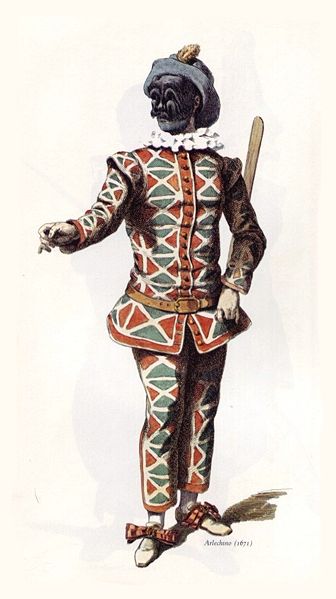
- Trickster
This character's purpose is mostly to provide comic relief to the audience/reader, rather than add anything substantial to the story. They can be found on the side of good or evil. They are used to deflate tense situations and so are very useful in keeping dramas and romances from becoming overly melodramatic.
They sometimes have a grasp on their reality as a fictional character and might point out problems in the storyline or flaws in other characters. This could be done by blatantly pointing out that there is an audience watching them or could be demonstrated by having the trickster say what the audience or author may be thinking.
Tricksters aren't always necessary in stories, but they do make them a lot more fun!
Regina the Evil Queen
Once Upon a Time does a wonderful job of adding dimension to their characters, but Regina the Evil Queen is particularly well done. The viewer's first impression of her is that she is evil and manipulative, but as the story progresses we learn of her heartbreaking backstory and how she came to be a wicked villain.
- Villains
Villains (or "Shadows" as Patmore describes them) present the hero with his/her ultimate conflict. They may seem all powerful and unbeatable at first, but through the course of the hero's journey, s/he will gain skills needed to defeat the villain.
Villains may be evil, but great villains possess qualities that your audience may love to hate or might even identify with. Villains should have as much personality as any other character in your story. Flat, one-dimensional villains that are bad just for the sake of creating some sort of conflist for your hero could ruin a story. If your reader is invested in defeating this villain or just casts them off as the typical storybook baddy, they may not care enough to continue following your story.
For me, it helps to put myself in the mind of my villain and develop their character as if they were in the hero role. What is their motivation? Why do they do what they do? What do they get out of being evil? Why do they want to defeat the hero? These are just a few questions you could think of to transform your average bad guy into a great villain.

J.R. Ward
J.R. Ward creates such detailed characters and worlds in her novels, sometimes I am absolutely convinced that these people and places truly exist.
World
When establishing your character it is important to consider the world they exist in. People are greatly influenced and molded by their environments, fictional characters should be no different. The more detailed their world is, the better you can develop their character.
If you aren't at the stage of defining your world yet, consider these questions to help you create your world and develop your characters:
In what realm does your character exist?
- Past, present, or future?
- Someplace real or based on reality or someplace fictional?
- This planet or another?
- What is the weather like?
- What does it look like?
- What is the weather like?
- Etc.
Where did your character grow up and how does that contrast with where they are now?
How does it contrast with where their journey is about to take them?
How does your character feel about their world before their journey? Likes? Dislikes?
How does your character feel about their world once their journey has started?
Even if these questions are seemingly irrelevant to your story, they are useful in creating well-rounded and believable characters. Getting to know your characters will help you show your audience who they really are.

Personal Story
When naming my sons I actually went about the process similarly to how I would name a story character. It worked out very quickly and nicely for my first son; Julian Roderick Harris. He was supposed to be born on my mother-in-law's birthday, her name is Julie. Roderick comes from a role model of my husband. The name Julian means youthful. Roderick means King or Ruler. Together his names mean Youthful King.
My second son was a bit more difficult since I had been planning for a girl and had no male names in mind. Plus, we loved our first son's name so much we thought it was going to be really tough to beat. I wanted my family to be represented this time, but there weren't many males in family that had names I was particularly fond of. Finally we settled on Christopher Blaze Harris. Christopher after my sister Christina and cousin Christopher. Blaze because he is an Aries and I wanted something fiery to match.
We really liked Blaze as his first name, but in the end we decided on Christopher Blaze, over Blaze Christopher because it had a more appealing sound.
Names
When naming your characters there are a few things you should consider:
Setting
Consider where your character is from. If they are from a certain time period or place in the world, make sure you give them a name that is appropriate. For example, don't give a character a name like Sarah Jane if she's supposed to be from ancient China.
The exception to this is sci-fi or fantasy worlds where you could pretty much name your characters whatever you want, as long as the names work well together.
Sound/Fluidity
Memorable names are almost musical in their fluidity. Think of Clark Kent and Lois Lane. The way those names flow make them easy to remember and fun to say. I doubt naming Superman Clark Kaczmarczyk would have had the same lasting effect.
Names like Harry Potter and Katniss Everdeen work because they flow nicely, are memorable, and--let's be honest--sound really cool.
If you aren't sure about how your character's name flows try saying it 5 times fast. If you can't, perhaps you should rethink your name.
Meaning
I believe in the power of names and have a lot of fun giving my characters names that have depth and speak to their character. You can do this by simply researching names of certain meaning on search engines or on baby naming websites. Or you can do this more elaborately by using numerology number generators (I talk about this more in my hub on how to find your numerology name number).
Consistency
Even if you are working in a fantasy realm, make sure your names work well together. In a fantasy world you could throw in a few real names in with made up ones, but make sure the names you choose work well in the world you've created.

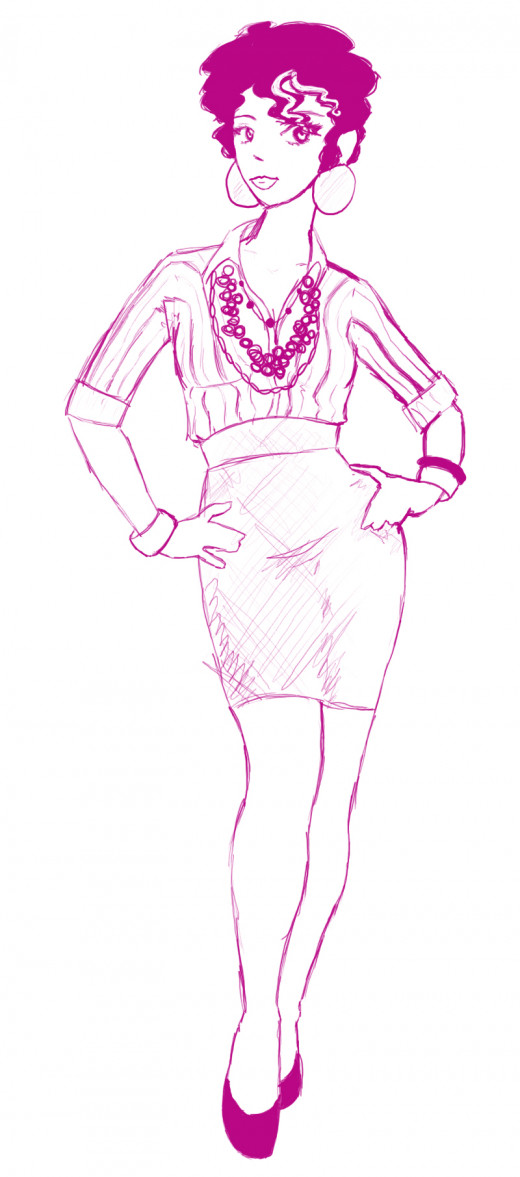
Looks & Demeanor
Even if you're not creating a story for comics, animation, or anything visual it's still really important to know exactly what your character looks like. In fact, it is even more important that you can visualize your character clearly when you are writing, because you need to paint a picture of them for your readers using only your words.
Start with the basics:
- Hair - Colour, length, texture
- Eyes - colour, shape
- Skintone
- Height
- Weight
- Notable features (like long eyelashes, or a big nose, or a heavy chest, or a unique scar, etc.)
Then start working on specifics:
What is their style?
- What do they wear during the week?
- What do they wear during the weekend?
- What do they wear as pajamas?
- What do they wear on a date?
- What do they wear to school or work?
- What do they wear when they're just hanging out?
- How do they style their hair?
- Do they wear makeup?
- What accessories do they like to wear, if any?
- Do they have any weapons or other things they like to carry around.
How do other characters react to their appearance?
Think about how they move:
How do they carry themselves? How do they stand, sit, and walk?
Do they have any quirks or nervous? Do they twirl their hair, tap their foot, or bite their nails?
How does the way they carry themselves change from the start of the story to the end?

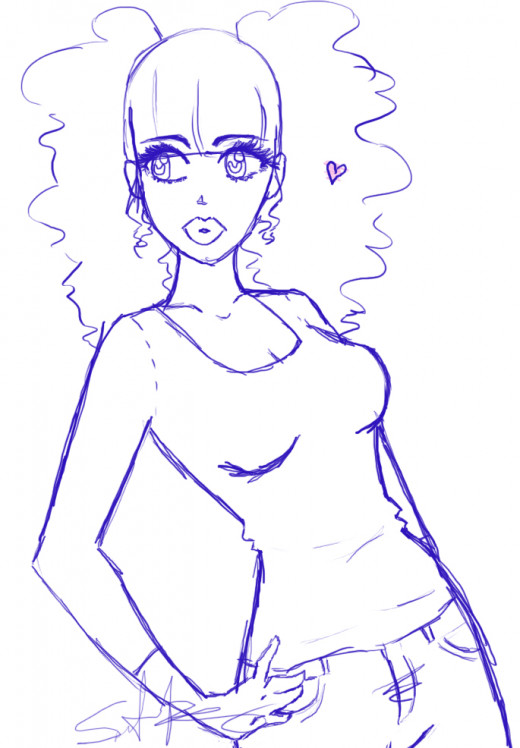
Character Outline Template
Now you're ready together all you've learned about your character in a nice comprehensive character sheet. Here is one I live to use. I've added some things that are useful to me when developing my character, but you can customize this character sheet to suit your own needs.
Name:
- Age:
- Birthday:
- Astro. Zodiac:
- Chinese Zodiac:
- Bloodtype:
- Sex:
World
- Nationality:
- Hometown:
- Current Residence:
Appearance
- Attractiveness Rating: (1 - 10)
- Height:
- Weight:
- Physique:
- Hair: (Colour, Length, Texture)
- Skintone:
- Eyes: (Colour, shape)
- Notable Features:
- Quirks:
Clothing
- Style:
- Material:
- Accessories/Weapons:
Family
- Mother:
- Father:
- Siblings:
- Other:
Education
- School:
- Best Class:
- Worst Class:
- Languages:
- Notable Relationships:
Occupation
- Type of work:
- Economic Status:
- Skills:
- Notable relationships:
Beliefs
- Religion/Spiritualpath:
- Politics:
- Dreams/Goals/Ambitions:
- Other philosophies:
Personality
- Weaknesses:
- Strengths:
- Fears:
- Likes:
- Dislikes:
- Motto:
- Lesson to be learned:
Favorites
- Color:
- Food:
- Drink:
- Music:
- Art:
- Hobby:
- Flower:
- Domestic Animal:
- Wild Animal:
- Mythical Creature:

I hope all of these tips help you create awesome characters for your story! Have fun and good luck!
